A House Worth Staying For: Tips on How to Turn Your Fling With Beijing Into Something More
Concluding my interview with Italian architect Virginia Chiappa Nuñez, who has now lived and worked in Beijing for six years, our discussion naturally moves onto future plans and how long she intends to stick around. Nuñez playfully describes Beijing as great boyfriend material but she’d never go as far as to marry it – a metaphor that most if not all expats here can relate to. The initial thrill of being all-consumed by life in China can quickly transition into habitual living that is later accented with tedium and frustration and the occasional blowout, promising that you’ll get the hell out. Something else also happens during the seemingly endless trawl of unavoidable house hunting upon arrival; an accrued snapshot of fellow foreigners’ broken homes and dirty secrets also begins to emerge: insecure Ikea shelving, tainted grotty walls, and bloated, unkempt furniture that is overdue a wash.
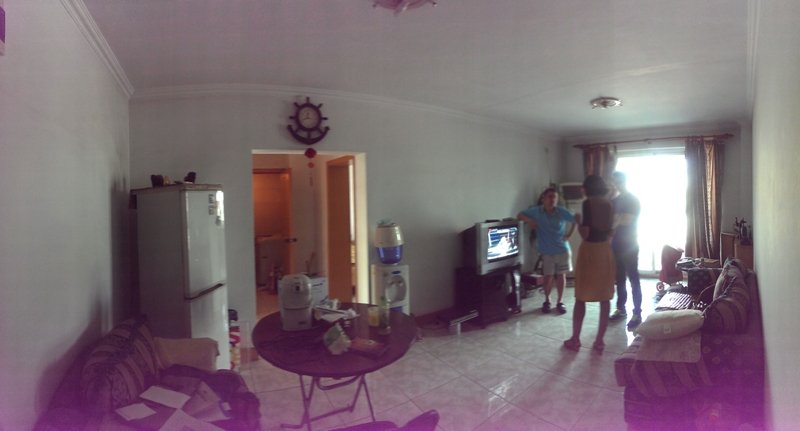
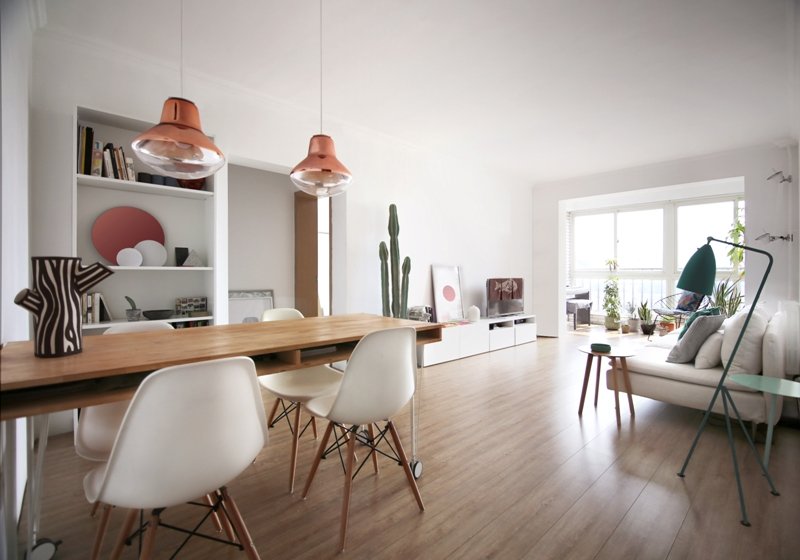
But there is an alternative. A small contingent, predominantly architects like Nuñez, have long been undertaking the task of transforming their homes as pet projects, driven by the simple belief that they can do better. Granted, they usually have cheaper access to materials and labor and have the necessary know-how, but that doesn’t make their makeovers unattainable. The initial trick is not just to look for a suitable home – keep in mind a hutong house will be easier to restructure than an apartment – but also one with potential (in Nuñez’s case it was the Confucius Temple-facing view from her Andingmen apartment). Chinese agents are more likely to show run-down apartments that are cheaper and riper for a facelift. If you go all-in and structurally remodel, you will want to secure a long enough contract to make the augmentation worth your time, as well as negotiate specific changes with the landlord. They are likely to show steadfast incredulity, but can be swayed by the thought of higher future rent.
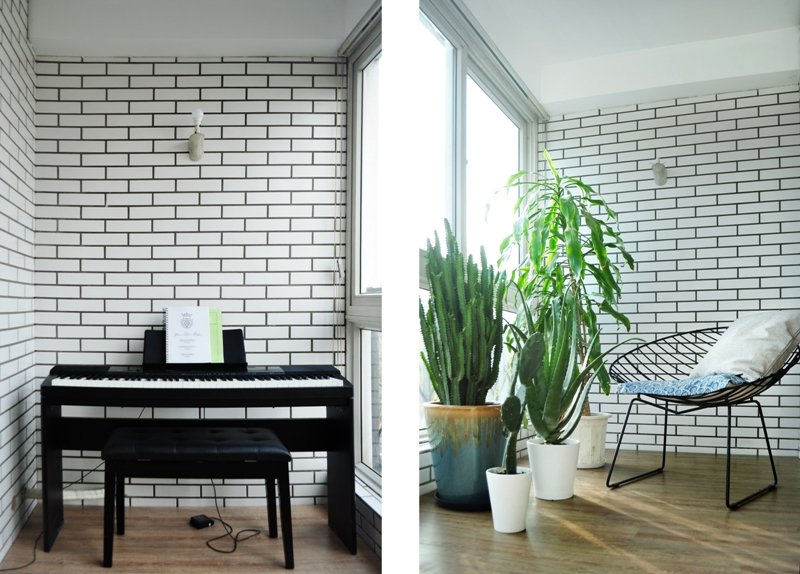
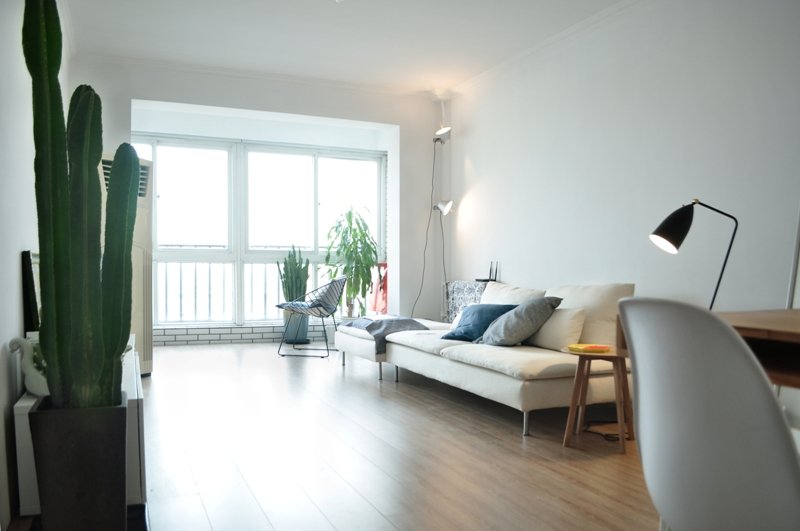
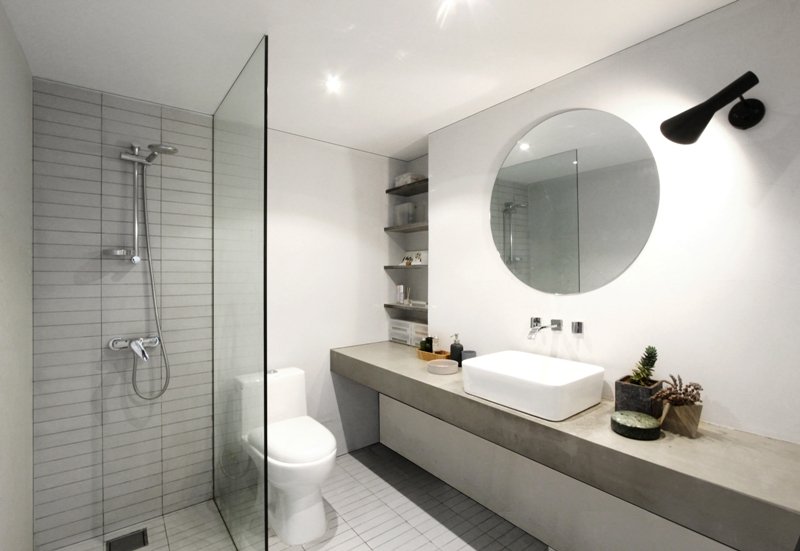
Such adjustments may seem drastic and costly but they soon repay in the contentment they provide. Aurélien Chen, a French-Chinese architect who remodeled his entire Zhangzizhong Lu-adjacent pingfang for a surprisingly low total of RMB 50,000, says of his family’s abode: “We love this house and it feels like we’ve been living in it for longer than we actually have because we designed it for our needs.” Chen states that the most effective alteration came by knocking down the wall that separated the kitchen from the main house. This allowed for space to build a glass hallway to connect the whole structure and leaving a boxed-off leafy courtyard. Failing the want to indulge in your sledgehammer fantasies, Chen also suggests a number of minor tweaks that go a long way to soothing cold feet, literally and figuratively. Those tips include buying a made to measure wooden floor to place on top of austere tiles, hiding unsightly electricity cables, moving gas canisters and water boilers to safer confines, and installing windows for added insulation and light.
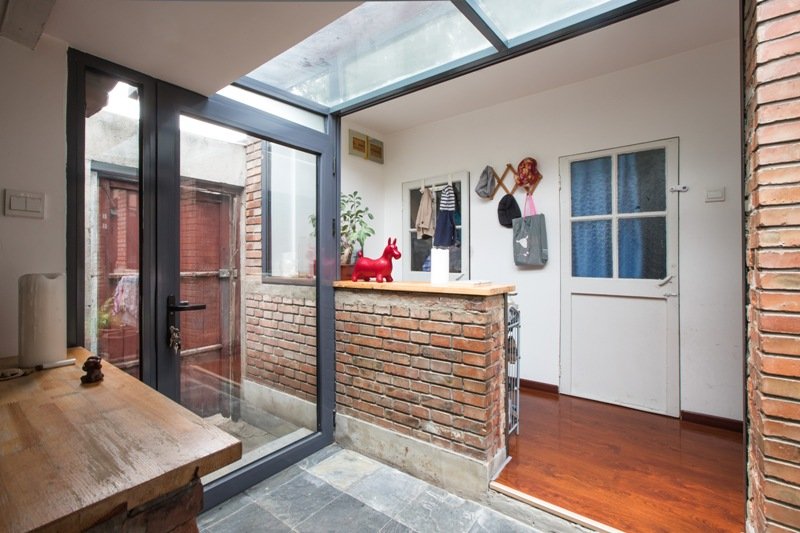
Nuñez, who estimates her apartment remodeling to have cost a similar amount to Chen’s, echoes his sentiment, observing, “The point of renovating is that you can return home and feel like it’s your own, to enjoy the quality of what you end up with. It’s not going to be cheaper; it’s just going to be better.” She recommends saving money by seeking out raw materials for the interior yourself, which also gives you the ability to prioritize what you want to look nice, using a mixture of market-bought products (wood, stone, fabrics, etc.) and final flourishes like handles for wardrobes and taps for sinks from Ikea or Taobao.
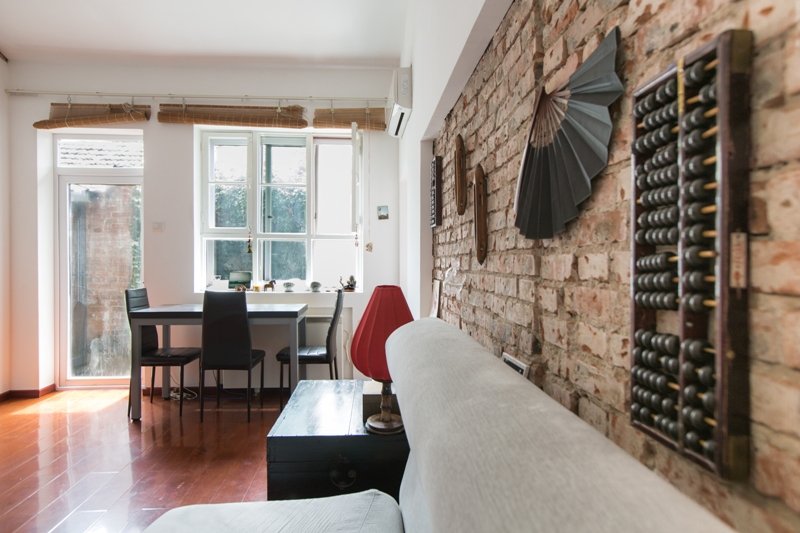
Nuñez also exalts the ease of use of free design programs like SketchUp, which allow you to create furniture outlines, designs, and blueprints. She finishes by saying that, “this is something anyone can accomplish, but do expect it to be stressful and challenging.”
Opting for a less radical approach, Chen Xuan, whose company Shishang Architecture specializes in luxury-focused interior design and architecture, advises that if nothing else, the first thing you should do is banish any sign of China’s ubiquitous fluorescent lighting, opting instead for a warming spotlight or lamp. A lick of paint or wallpaper can also make a big difference: “Before I used to hate wallpaper because my design background defines that the less material used the better, but now there are many interesting options.”
Similarly, old furniture can be disguised with patternless, colorful fabrics, pairing them with curtains and getting rid of the tacky nylon drapes that usually come standard. For a final and inexpensive personalized touch, blow up pictures and print on canvases to hang, can be an instant way to enliven your home. Chen laments that markets for interior design goods are slowly being forced out of the city but a few hang on, including Chengwaicheng Furniture Market, Gaobeidian Furniture Street, and Shilihe Lighting Market.
The impetus to transform your residence from temporary dwellings to an actual home is not one that comes easily in Beijing. Whether it’s because of indifference to change, perceived lack of better alternatives, or simply because we tell ourselves we might have to leave at any minute, expats here often settle for less. Do yourself a favor: you may have already accepted your time in Beijing as just a naughty fling, but you never know, with an open mindset, some chiseling, and fair amount of turning the other cheek, it could become so much more.
More stories by this author here.
Email: tomarnstein@thebeijinger.com
WeChat: tenglish_
Instagram: @tenglish__
Photos courtesy of Virginia Chiappa Nuñez, Aurélien Chen







